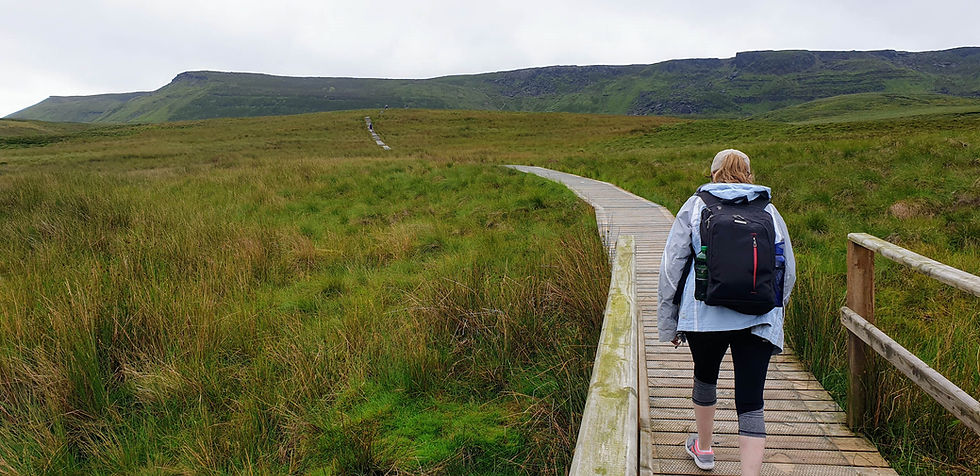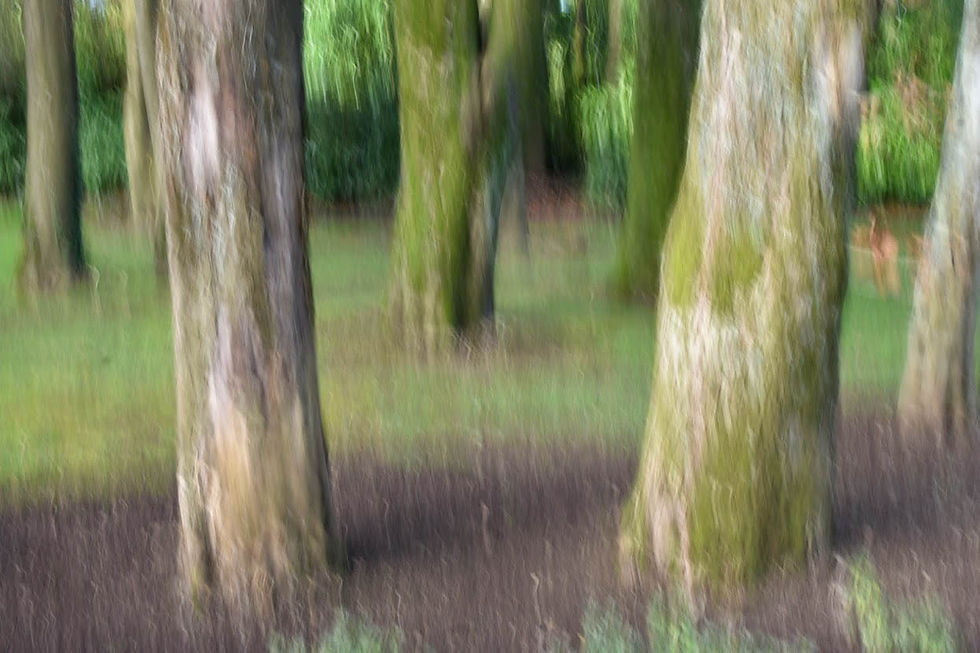How the use of leading lines can improve your photography
- WildWillowWays

- Sep 7, 2020
- 4 min read
Updated: Jun 23, 2021
What are leading lines and how can they improve our images?
Using leading lines to improve photography composition is a technique I have encountered over and over in my photography learning and it is something worth dedicating some time to as it is a technique that really can make a difference to the look of an image.
I realise that I am using leading lines more and more often and have found that it is useful to have some knowledge of how leading lines work in order to know how they can be used to improve images.
What are leading lines?
Leading lines are lines that are used by the photographer to lead the viewer’s eye into the frame, towards a subject or point of interest. They can also create depth in a photograph and are often considered to be one of the most effective compositional elements in photography. The strongest visual impact is achieved when the lines draw the viewer’s eye towards something that is in the scene, in other words, when there is a person or object at the end of the lines. There is, however, merit in having lines that lead off into the distance, where it is left to the imagination to decide where they are leading, although these may be more accurately described as paths rather than leading lines as they don’t lead to a specific point.

The road and the clouds both seem to lead the eye to the sea

The path leads the viewer through the frame to the people at the end

The road conveys a sense of movement down towards the sea

This line may be more accurately described as a path rather than a leading line as it doesn’t lead to a specific point
Why are leading lines an effective aid to composition?
Leading lines are effective chiefly because our eyes are naturally drawn to lines, and they are often the element that pulls us towards an image. I have often found my attention drawn to an image with powerful lines, whether in photography or art, even from a distance. In the environment I find my eye led by a fence, a railing, a bridge, to what is in the distance, and am naturally drawn to incorporating these lines in my images. Another reason that leading lines are effective is that they create a sense of movement in the image as our eye moves from one point to another. This sense of movement gives more interest to the photograph.

What makes a good leading line?
Almost any type of line can become a leading line. Common examples are roads, paths, railway tracks, bridges, a row of trees or a winding river. In fact, it is possible to use almost any type of line as a leading line if it serves to draw the eye towards a certain point in the frame. Parallel lines can provide even greater impact as they create a sense of depth in your image as well as drawing the viewer’s eye into the distance. It is almost as though, caught between the two lines, you have no choice but to follow where they lead. Curved lines, S shaped lines, diagonal lines and wavy lines are good choices as leading lines, as is shooting down from the top of a spiral staircase or shooting upwards from the bottom of a vertical line. Your eye will naturally follow the spiral all the way down to the bottom or the vertical line upwards.

The only way the eye can go here is up
S lines and diagonal lines convey a sense of motion and depth. Lines can be inferred also; a person gazing out to sea can lead the viewer’s eye in the same direction.

These two images might have what are referred to as soft lines. They are not definite lines but they do lead the eye through the frame to a distant subject, the sea

Curved lines encourage the viewer to stay a little longer as they weave in and out through the image. The interaction of light and shadow can produce interesting lines.






I think the curved line leads the eye around the shoreline and out to sea

The curving line of the rooftops leads my eye into the frame, although there could have been a better composition to the shot
A change in perspective, such as getting down low or shooting up high, can change the impact of the shot. Clifford Pickett explores this in his video How To Compose Your Photos With Leading Lines
This video gives a good example of the use of a leading line in landscape photography. Landscape photographers often use foreground to create interest, and when a leading line starts from the foreground of the image it can create depth and perspective and give a focus for the viewer before it leads the eye into the distant interest, which might be a mountain, a tree or a rock. Clifford Pickett suggests starting the line at the corner and allowing it to run right through the image, also taking the viewer on that journey through the image.
Conclusion
I have a lot to learn about photography and about the use of leading lines as a compositional tool, but my intuition tells me that this technique can improve my photography so it is something I try to experiment with and use as often as I can. From reading and watching those who use this technique well I realise that just snapping a road or railway track does not make a good photograph. I need to know exactly where to shoot from, what perspective to take and how to frame the shot so that I use the leading line to the best advantage.
Further reading and some examples of the good use of leading lines






dd
Hey there! A banner ad claimed a quick pilot‑themed gamble on the aviator official website. In India I visited to explore all available variants in one place. The interface guided me seamlessly from demo to real cash play, and I appreciated having settings for auto cash‑out when the multiplier hit my target. My partner, curious about my excitement, joined to watch my first auto‑pilot run and laughed when I nursed a small win. It’s the most user‑friendly hub I’ve found for these short, tense rounds.